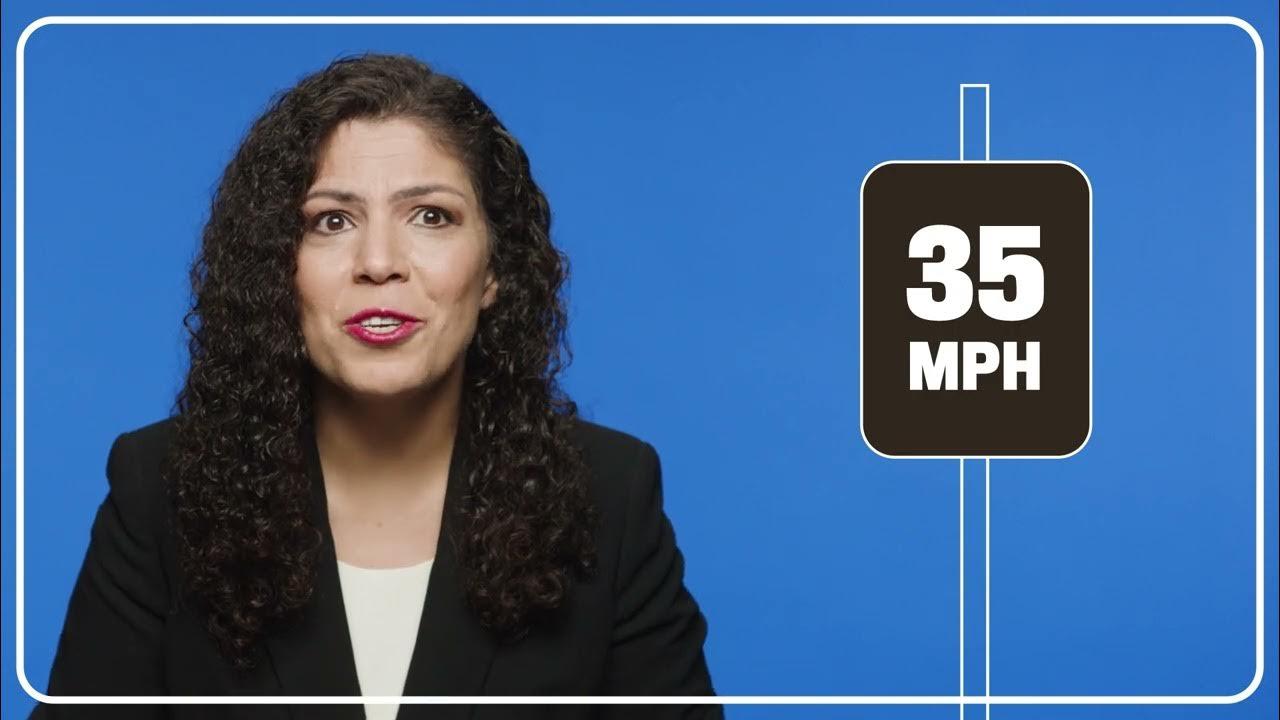Narrow Lanes Save Lives
A Way to Make Our Communities Safer and Healthier
Safer Roads for Everyone
U.S. cities have seen a growing demand for safer walking and biking options in recent years, but identifying solutions remains a challenge.
For example, Dallas, Texas, one of the largest cities in the nation, only has five miles of protected bike-lanes and in New York, one of the most bike-friendly cities in the U.S, only 8 percent of streets have a dedicated bike-lane.
A solution to enhancing bike and pedestrian infrastructure is often in plain sight: narrowing travel lanes
To help support city leaders, new national research including seven U.S. cities led by Dr. Shima Hamidi, PhD, a Bloomberg Assistant Professor of American Health and funded by the Bloomberg American Health Initiative examined national data to determine which types of roads should be targeted.
One major finding is that roads with 10–12-foot lanes at 30-35 mph speed limits have a significantly higher number of crashes compared to those with 9-foot lanes. Narrowing lane widths at these speeds provides city leaders with an opportunity to improve safety for all roadway users.
Narrowing travel lanes can:
- Improve safety
- Optimize sidewalks and bike lanes
- Reduce environmental impact
- Boost economic activity
Key Findings to Guide Highway Safety
- Narrower lanes did not increase the risk of accidents. When comparing 9- and 11-foot lanes, we found no evidence of increased car crashes. Yet, increasing to 12-foot lanes did increase the risk of crashes, most likely due to drivers increasing their speed and driving more carelessly when they have room to make mistakes.
- Speed limit plays a key role in travel width safety. In lanes at 20-25 mph speeds, lane width did not affect safety. However, in lanes at 30-35 mph speeds, wider lanes resulted in significantly higher number of crashes than 9-foot lanes.
- Narrower lanes help address critical environmental issues. They accommodate more users in less space, use less asphalt pavement, with less land consumption and smaller impervious surface areas.
- Narrowing travel lanes could positively impact the economy. This includes raising property values, boosting business operation along streets and developing new design projects.
California
The California Department of Transportation (Caltrans) uses “Complete Streets” as their roadway design approach, which considers and prioritizes safety for all road users, not just drivers.
Florida
The Florida Department of Transportation uses a context classification system, allowing designers to choose the best design based on the area’s needs.
Vermont
VTrans was the first state to change the minimum lane width to 9 feet in urban areas.
Recommendations
for Public Officials
We found that the best candidates for lane width reduction projects are streets with 11–13-foot lanes in urban areas with speeds of 20-35 mph, as long as they are not used for heavy freight or transit. Ideal streets also include those with lower traffic volume, no or limited on-street parking, low degrees of street curvature, no raised median, and fewer lanes.
Here are our recommendations for how city leaders can improve these roadways for pedestrian, cyclist and driver safety:
- Pay attention to speed. When establishing lane width standards, setting a context-appropriate driving speed is the best place to start before determining the appropriate lane width.
- Be inclusive. To achieve truly multimodal and safe roadways, we urge city leaders to start with an inclusive and comprehensive street design — factoring in pedestrians, cyclists and the area’s needs — rather than prioritizing driving speed and traffic efficiency for vehicles when determining lane width.
- Set a narrower standard. In urban areas, set a standard lane width of 10 feet and have engineers justify why it needs to be wider. Currently, in most states the standard starts at 11 or 12 feet.
- Consider road use. For streets with heavy freight delivery, transit traffic and snowfall, we recommend lane widths of at least 11 feet.
- Optimize the use of extra space. Complement lane width reduction with a lane repurposing program to get the best use out of the extras space, such as adding a buffered bike lane or wider sidewalk.






